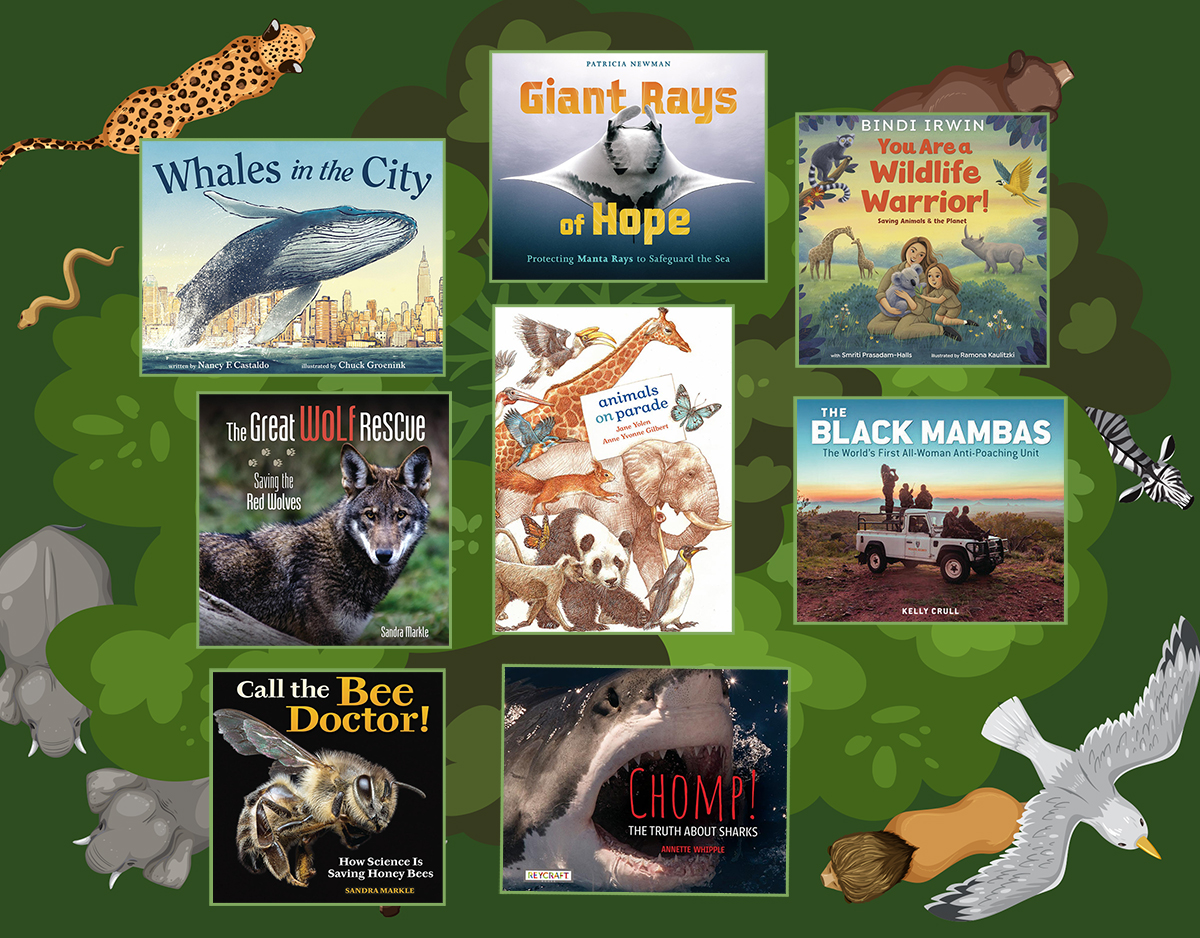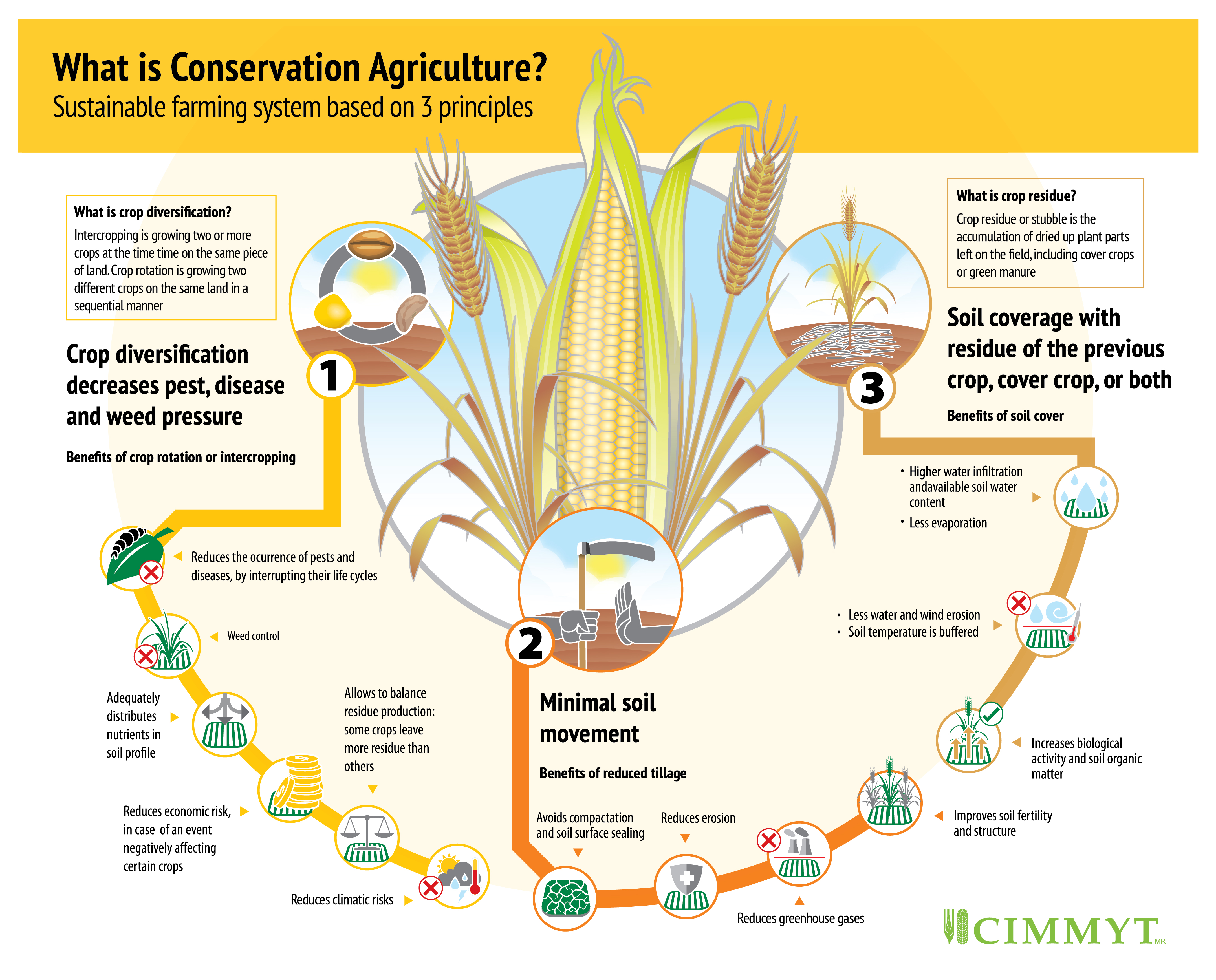How to Support Wildlife Organizations local wildlife conservation organization

How to Support Local Wildlife Conservation Organizations
As a middle-aged individual, you’re likely at a stage in life where you have more time and resources to devote to causes you care about. Supporting local wildlife conservation organizations is a meaningful way to make a positive impact on your community and the environment. Here’s a comprehensive guide on how to get involved and support these organizations.

Why Support Wildlife Conservation?
-
Environmental Impact: Wildlife conservation plays a crucial role in maintaining biodiversity and ecological balance. By supporting local conservation efforts, you contribute to preserving natural habitats and ecosystems.
-
Community Engagement: Involvement in local conservation projects fosters community spirit and provides opportunities to connect with like-minded individuals.
-
Personal Fulfillment: Engaging in conservation activities can enhance your sense of purpose and well-being.

Ways to Support Local Wildlife Conservation Organizations

1. Volunteer Your Time
Volunteering is one of the most effective ways to support local wildlife conservation. Many organizations offer opportunities for hands-on involvement, such as:
-
Habitat Restoration: Participate in projects like tree planting, invasive species removal, or wetland restoration.
-
Wildlife Monitoring: Assist in monitoring local wildlife populations, which helps in understanding and protecting species.
-
Community Events: Help organize or participate in events like nature walks, bird counts, or conservation fairs.

2. Financial Support
Financial contributions are essential for the operational success of conservation organizations. Consider:
-
Donations: Make one-time or recurring donations to support specific projects or general operations.
-
Membership Programs: Join as a member to receive updates and participate in exclusive events.
-
Fundraising Events: Participate in or organize fundraising events like charity runs, auctions, or bake sales.
3. Advocacy and Awareness
Raising awareness about conservation issues and advocating for policies that support wildlife conservation can significantly impact local efforts:
-
Educate Others: Share information about local conservation issues and the importance of wildlife protection.
-
Contact Local Officials: Write letters or make calls to support policies that benefit wildlife conservation.
-
Join Conservation Groups: Participate in local groups focused on wildlife conservation to amplify your voice.

4. Support Sustainable Practices
Promoting sustainable living can indirectly support wildlife conservation by reducing environmental impact:
-
Reduce, Reuse, Recycle: Implement these practices in your daily life to minimize waste.
-
Use Eco-Friendly Products: Choose products with minimal packaging and those made from sustainable materials.
-
Support Sustainable Agriculture: Buy locally sourced produce and support farmers who use conservation-friendly practices.

5. Create Wildlife-Friendly Spaces
Transform your home or garden into a wildlife haven:
-
Plant Native Species: Incorporate plants that attract local pollinators and wildlife.
-
Install Bird Feeders and Baths: Provide resources for birds and other wildlife.
-
Leave Some Areas Wild: Allow parts of your yard to grow naturally, providing shelter for small animals.

Benefits of Community Involvement
Engaging with local communities is vital for the success of conservation efforts:
-
Local Knowledge: Community members often have valuable insights into local ecosystems and species.
-
Increased Success Rate: Projects with community support tend to be more effective and sustainable.
-
Cultural Sensitivity: Involving communities ensures that conservation strategies are culturally appropriate and supported locally.

Strategies for Effective Community Engagement
-
Build Relationships: Establish trust and mutual respect with community members.
-
Education and Awareness: Provide education on the importance of conservation and how communities can benefit.
-
Inclusion in Decision-Making: Involve community members in planning and decision-making processes.

Challenges and Solutions
-
Cultural Sensitivity: Understand and respect cultural differences that might impact conservation strategies.
-
Economic Impact: Address potential economic impacts on communities due to conservation activities.
Case Studies
-
Amazon Basin: Community-led surveillance has effectively protected wildlife from illegal poaching.
-
African Savannah: Local communities have been instrumental in grassroots conservation programs that monitor and protect endangered species.

Conclusion
Supporting local wildlife conservation organizations is a rewarding way to contribute to the well-being of your community and the environment. By volunteering, providing financial support, advocating for conservation, promoting sustainable practices, and creating wildlife-friendly spaces, you can make a significant difference. Engaging with local communities is essential for the long-term success of these efforts.

Additional Tips for Middle-Aged Individuals
As a middle-aged individual, you may find that your lifestyle and priorities have shifted. Here are some additional tips tailored to your stage of life:
-
Balance Time Commitments: Start with small commitments, such as a few hours a month, to ensure sustainability.
-
Leverage Your Skills: Use your professional skills to support conservation efforts, whether it’s marketing, finance, or project management.
-
Involve Family and Friends: Engage your family and friends in conservation activities to create shared experiences and memories.
-
Prioritize Health and Wellness: Regular physical activity through conservation work can contribute to your overall health and well-being.

Popular Conservation Organizations in the U.S.
If you’re looking for organizations to support or get involved with, consider these well-known groups:
-
National Wildlife Federation: Focuses on conservation education and advocacy across the U.S.
-
Defenders of Wildlife: Works to protect wildlife and their habitats through advocacy and on-the-ground conservation.
-
Ducks Unlimited: Dedicated to wetland and waterfowl conservation.

Final Thoughts
Supporting local wildlife conservation is not just about giving back; it’s also about enriching your own life. By engaging in these activities, you’ll not only contribute to a healthier environment but also enhance your personal fulfillment and connection to your community. Whether through volunteering, financial support, or advocacy, every action counts, and collective efforts can lead to significant positive change.

Resources for Further Learning
-
Oregon Conservation Strategy: Offers insights into key conservation issues and strategies for community involvement.
-
GVI: Provides opportunities for volunteering and interning in conservation projects globally.
-
Wildlife Conservation Society: Focuses on global conservation efforts with a strong presence in the U.S.
By embracing these strategies and resources, you can become an active supporter of local wildlife conservation and make a lasting impact on your community and the environment.










